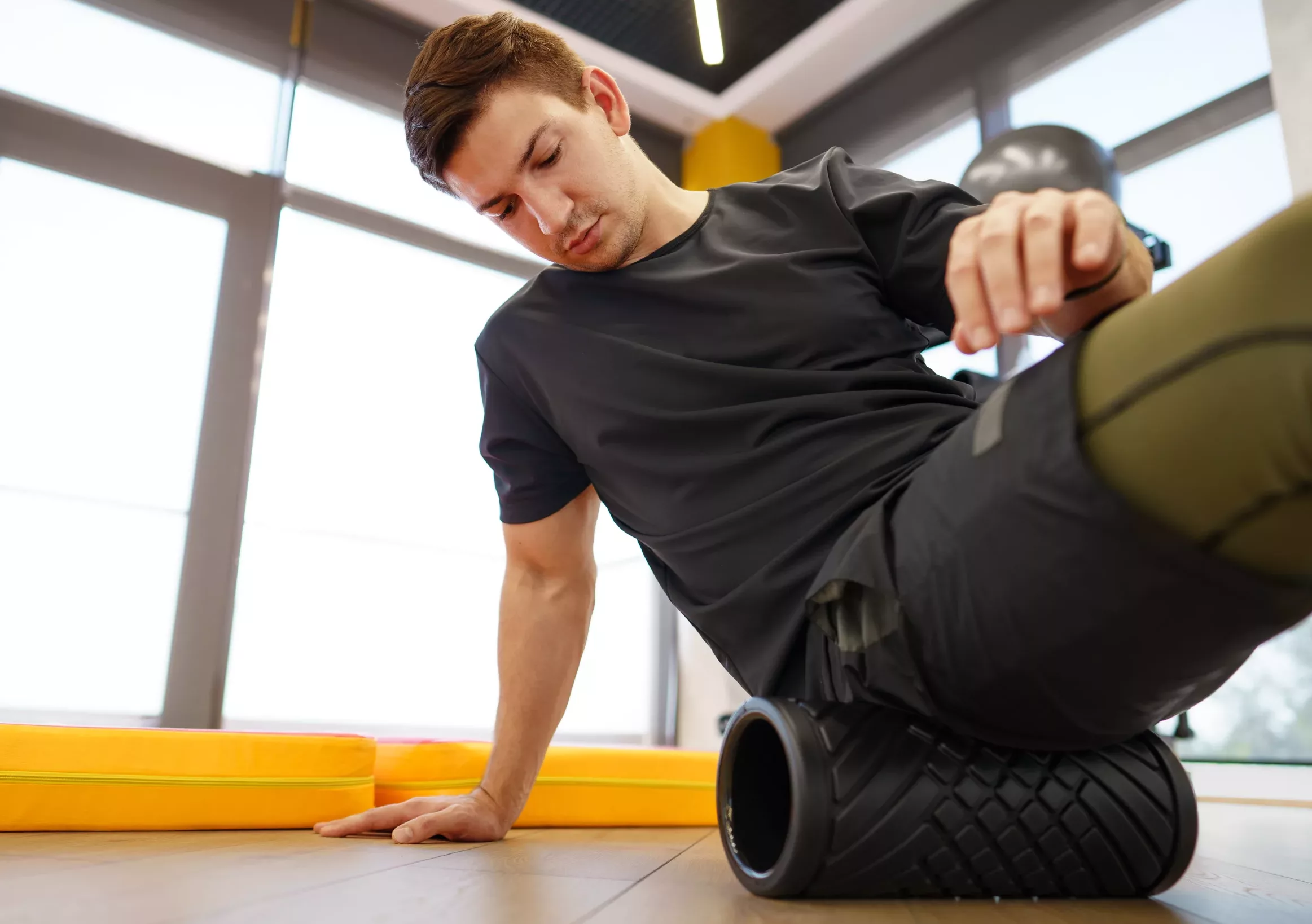
Navigating Through Delayed Onset Muscle Soreness: Insights and Interventions
What is DOMS?
Delayed Onset Muscle Soreness (DOMS) is characterized as a low-grade muscle injury, causing tenderness to touch or movement and overall stiffness. It typically occurs when individuals engage in exercises that are new or particularly intense, especially if the muscle is unaccustomed to the activity. This is commonly seen with exercises involving heavy eccentric movements, where your muscles lengthen under tension, like a steep downhill hike causing quad soreness. Symptoms usually worsen during the first 24 hours post-exercise and peak between 24 to 72 hours afterward (Connolly et al., 2003).
What Happens at the Muscle Level During DOMS?
DOMS involves mechanical disruption to the sarcomere, the functional unit of a muscle fiber. This leads to cell membrane injury, resulting in inflammation, swelling, and free radical production, all contributing to pain. Unlike muscle strains, which affect a larger portion of the muscle and muscle-tendon junction, DOMS-related injuries are localized and do not worsen with further muscle contractions in subsequent days (Connolly et al., 2003).
Can I Still Be Active With DOMS?
Despite the discomfort accompanying DOMS, it’s important to know that changes to muscle function itself are brief, usually returning within 24 hours. These temporary adjustments are part of the initial body’s response to prevent further damage. The good news is that these effects are short-lived, allowing you to continue your activities without lasting impact. However, It’s still wise to let your muscles rest for about 48 hours after intense exercise to ensure full recovery (Proia, 2016).
What Can I Do to Recover Faster?
Recovering from DOMS is crucial for everyone engaging in physical activity. Foam rolling is a valuable method. Research has shown that foam rolling sessions of 20-minutes per day over 3 days after a DOMS inducing session can greatly enhance recovery and alleviate muscle tenderness. However, foam rolling for less than 20 minutes can still help to alleviate symptoms (Pearcey et al., 2015).
Additionally, massage therapy can play a role in managing DOMS. According to a study published in the British Journal of Sports Medicine, massage administered post-exercise did not change neutrophil levels, a marker of inflammation, or hamstring function but did lower the intensity of soreness. While the exact mechanism behind this reduction in soreness intensity is still under investigation, this finding suggests that massage could be a beneficial component of a comprehensive DOMS recovery strategy (Hilbert et al., 2003).
Managing DOMS is a crucial aspect of maintaining an active lifestyle. If you are in Edmonton, Connect Physiotherapy & Exercise is here to guide you with personalized advice and effective methods to work around DOMS. Our exercise specialists can help you learn how to add foam rolling into your recovery routine or you can see our registered massage therapist for a massage treatment to alleviate your soreness. Call or book online today.
References
Connolly D. A. J., Sayers, S. E., & McHugh, M. P. (2003). Treatment and prevention of delayed onset muscle soreness. Journal of Strength and Conditioning Research, 17(1), 197–208.
Hilbert, J. E., Sforzo, G. A., & Swensen, T. (2003). The effects of massage on delayed onset muscle soreness. British journal of sports medicine, 37(1), 72-75.
Pearcey, G. E., Bradbury-Squires, D. J., Kawamoto, J.-E., Drinkwater, E. J., Behm, D. G., & Button, D. C. (2015). Foam rolling for delayed-onset muscle soreness and recovery of Dynamic Performance Measures. Journal of Athletic Training, 50(1), 5-13.
Proia, P. (2016). Doms Management–The State of Art. Central European Journal of Sport Sciences and Medicine, 15(3), 5-14.

